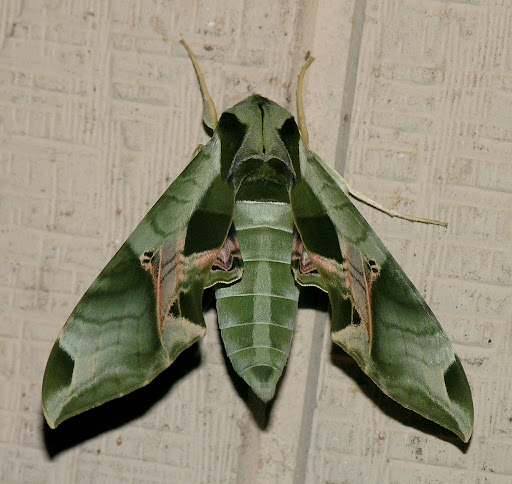A very common, widespread and prolific butterfly. Both adults and caterpillars feed on a wide variety of plants.
Range: Higher elevations of Argentina through Central America and Mexico to the southern United States; also Cuba and Jamaica. Regularly colonizes north through most of the United States except the Pacific Northwest.
 Flight: Three broods from April-October in the north, four broods from February or March-November or December in the south.
Habitat: Open sunny areas such as prairies, fields, pastures, road edges, landfills. Males patrol short distances in flat, dry, open places. Eggs are laid singly on host plant stems and leaves; caterpillars eat leaves and flowers.
Sources and additional information:
BugGuide Species Page
Butterflies and Moths of North America
Flight: Three broods from April-October in the north, four broods from February or March-November or December in the south.
Habitat: Open sunny areas such as prairies, fields, pastures, road edges, landfills. Males patrol short distances in flat, dry, open places. Eggs are laid singly on host plant stems and leaves; caterpillars eat leaves and flowers.
Sources and additional information:
BugGuide Species Page
Butterflies and Moths of North America
.








